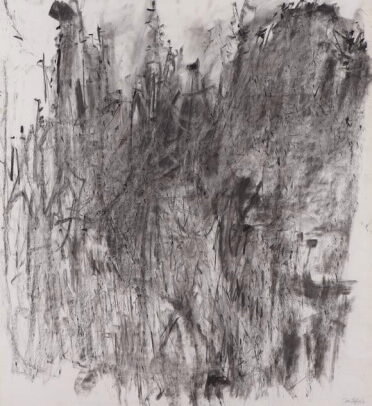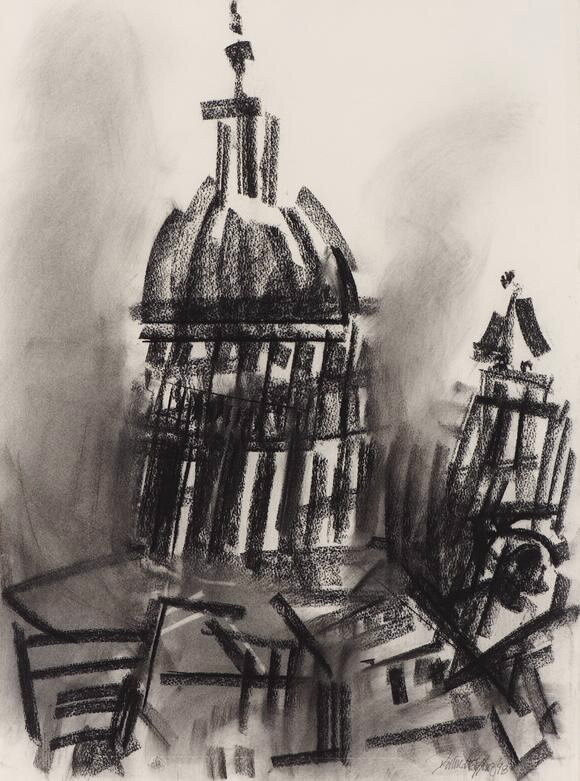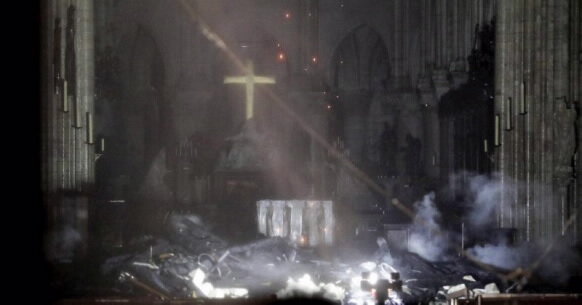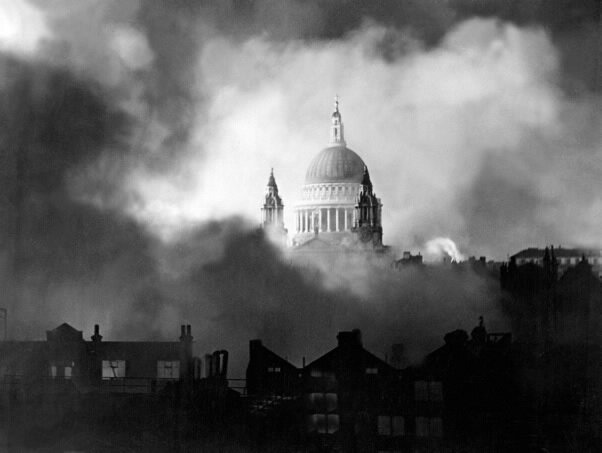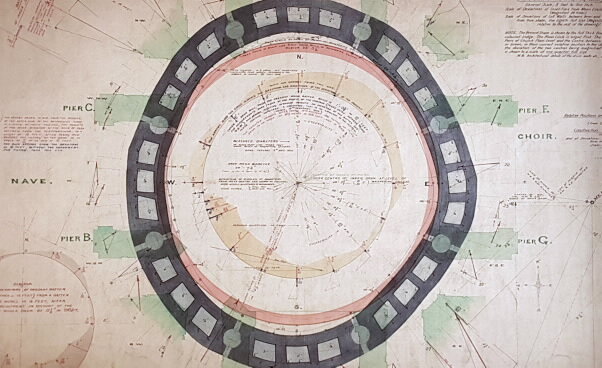Is Life Drawing the Same During COVID-19? by Alice Mcleod-Bishop
“The exercise of drawing from life brings out the individuality of the artist in the man”[i]
Left, via Zoom; right, from life
This collection of life drawings aims to examine how artists can use technology to overcome the constraints of the Coronavirus pandemic of 2020, and how this has affected the practice of life drawing and the drawings themselves. Life drawing was an integral aspect of Bomberg’s teaching and he valued how one can learn to depict a subject through drawing them from life, moving the artist and the subject to gain a full perception through different physical perspectives of the sitter; it is considered by most artists to be a valuable practice in learning how to visually depict a subject.
Sketches done from life
Given the social distancing aspect of managing the pandemic, and the encouragement to stay inside with little to no contact with other households, life drawing in the traditional sense is somewhat an impossibility. However, video-calling technology (Facetime, Skype, social media ‘lives’ and most commonly Zoom) has enabled people to have some normalcy in some aspects of life, and people have hosted virtual life-drawing classes to continue their practice.
Left, via Zoom; right, from life
This collection of life drawings demonstrates the difference between drawing sitters in person compared to drawing the same people via Zoom. I found that in drawing via zoom, I struggled to really grasp an accurate perspective of my sitters, and I found it hard to make my subjects look like themselves in their bodies, in comparison to drawing the same sitters in person. When drawing them in person, I saw more shading and shapes, thus making the drawing itself and the drawings more interesting.
Process documentation of life drawing via Zoom (left to right: 3 minutes, 10 minutes, 20 minutes)
An example of a sitter over zoom
I also found it difficult to capture my sitters’ essence and understand how to represent the ‘Spirit in the Mass’ in the subject, particularly when I compare that experience to drawing my sitters in person. While I am close with both subjects, it was hard to portray some evidence of their selves in my works over Zoom, and the drawings seem decidedly flatter and colder when observed in comparison to drawings done in person. This is likely because one’s physical view of the sitter is 2-dimensional, and thus it is hard to gain a full perspective of the sitter from various angles, something which Bomberg defended when it came to his life drawing classes.
Process documentation, drawn from life
Overall, the experience of life drawing and being able to gauge a person’s essence was unmatched via Zoom. Drawing over a videocall felt far more like drawing an object as a still life rather than drawing a person. Using Zoom felt incredibly impersonal and stilted, whereas life drawing in person makes it easy to capture the Spirit in the Individual. Despite this, I was able to maintain my style and stylistic approach to life drawing and enjoyed the experience. If one can practice life drawing in any capacity it still has value, especially during a pandemic; it allows you to connect in a time where people have become so unnaturally disconnected.
Drawn from life.
Thank you to my lovely sitters.
[i] (Bomberg, quoted in Buchowska ‘teaching art in post-war Britain: the case of the Borough Group’, p. 115)













